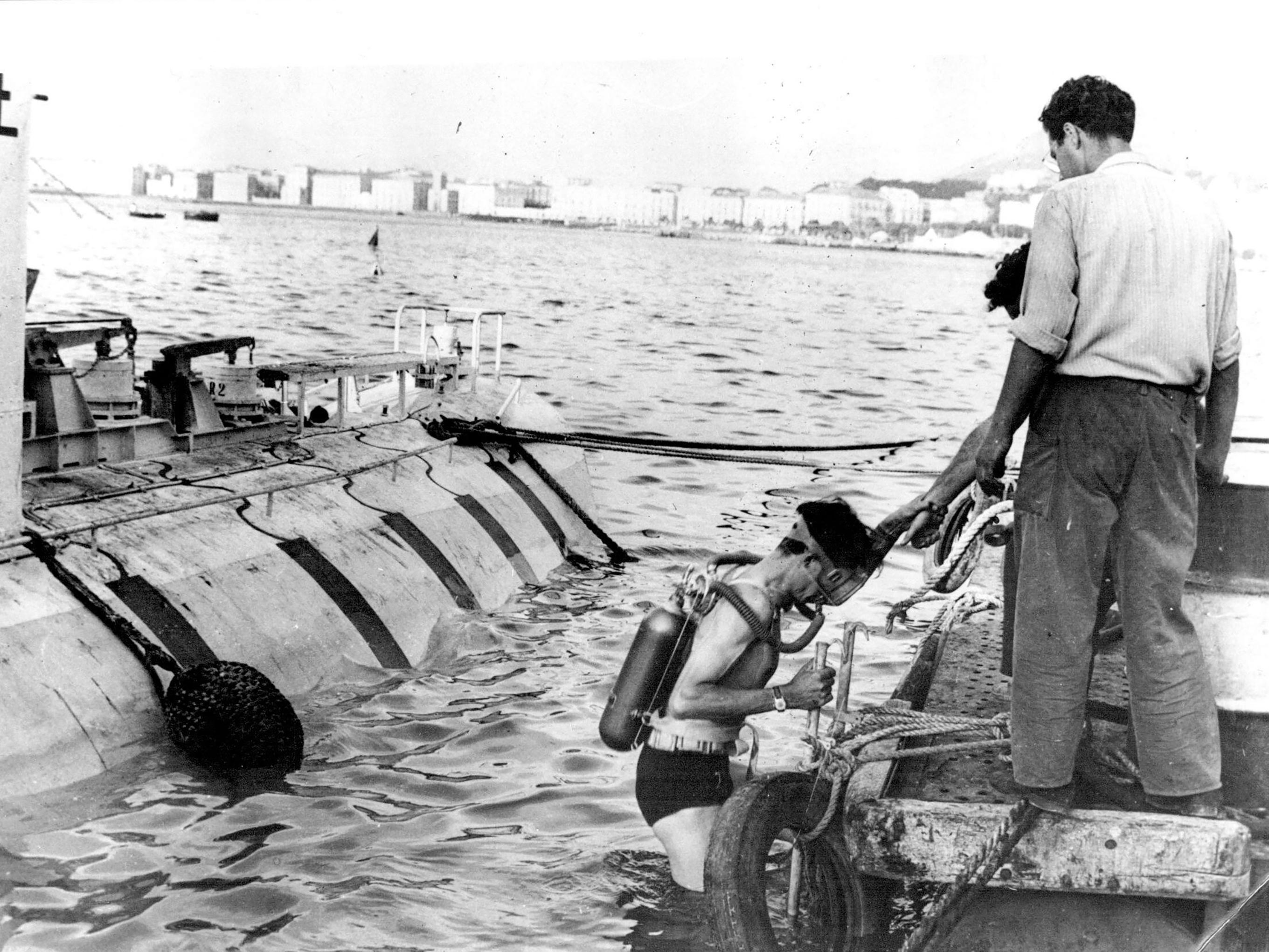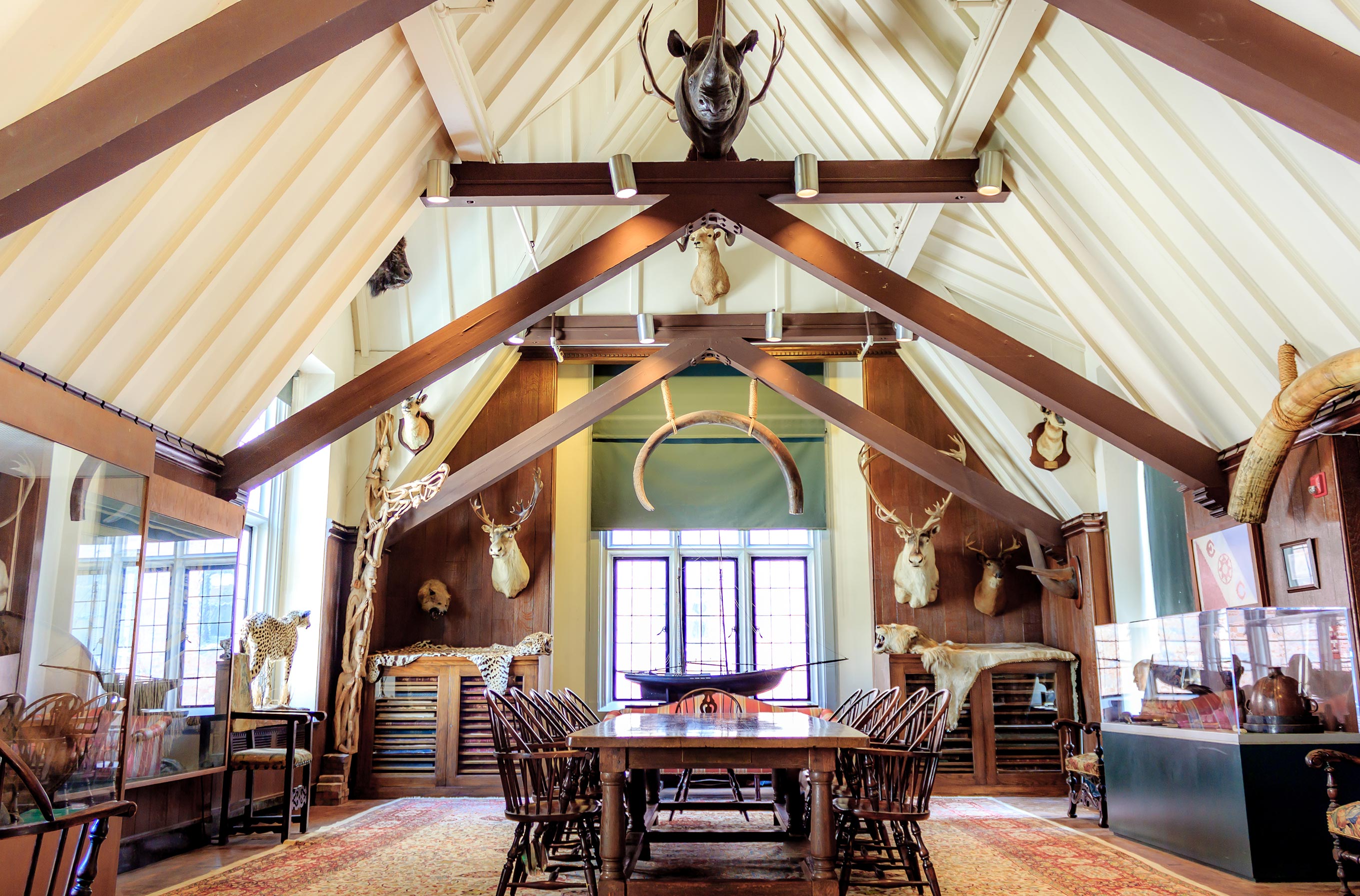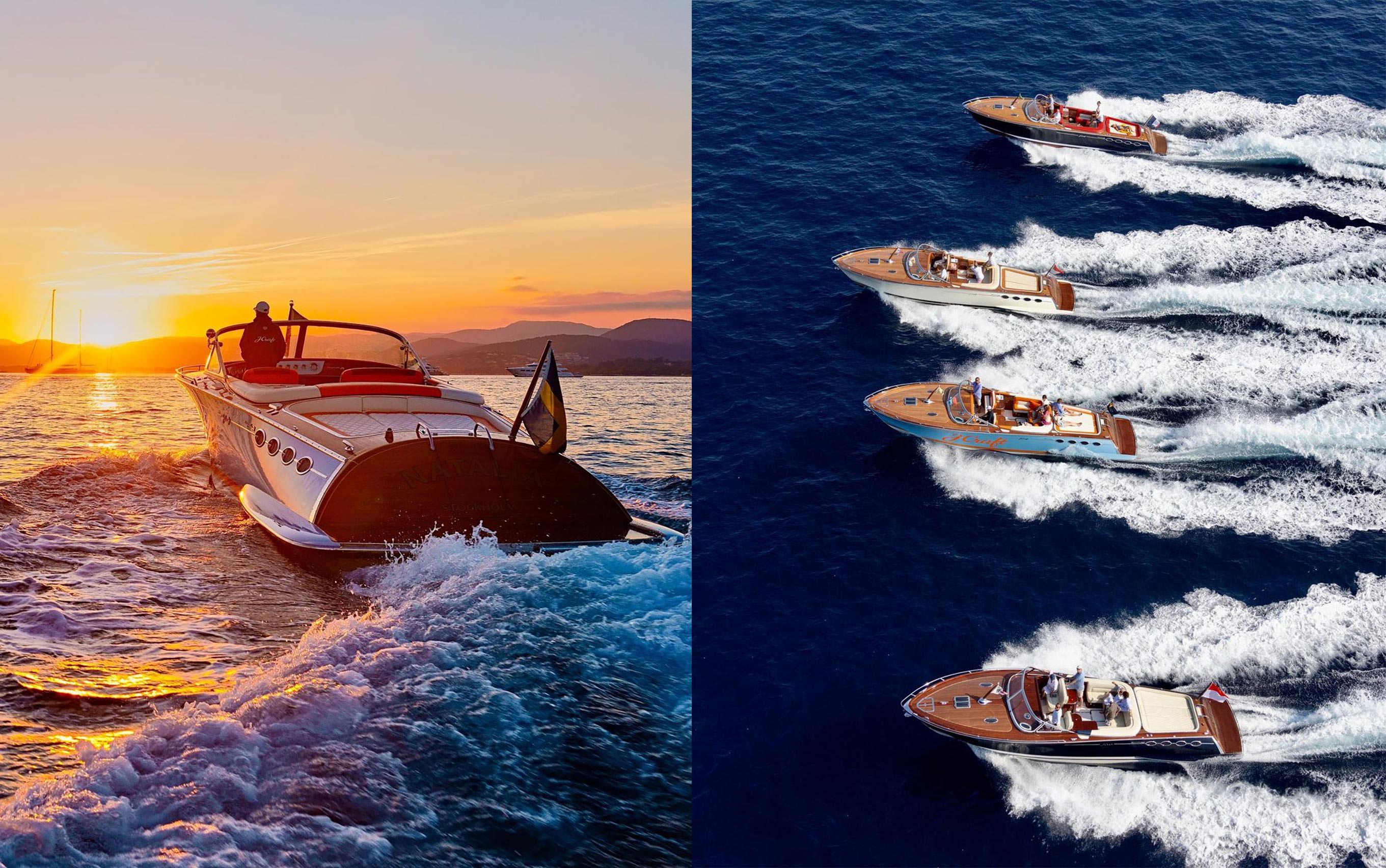Journal #7
Exploration's Hallowed Halls
For more than a century, New York’s fabled The Explorers Club has embodied the spirit of adventure, providing a rendezvous for the world’s most well-travelled people
Words by: Nick Smith
To think of Sir Edmund Hillary is to think of the modern Hercules who in 1953 became the first human to set foot on the summit of Mount Everest. And yet the man who made history by planting his flag on the Roof of the World was, perhaps less famously, a pioneer of small boat adventure. Tucked away on his timeline of mountain and polar exploitsis his monumental 1977 expedition, Ocean to Sky, that took him upstream from the mouth of the Ganges to its source, travelling the entire length of India’s sacred river by jet boat. Small wonder that Hillary is a legend at New York’s Explorers Club, where everyone is extraordinary, where everyone is a high achiever with big ambitions to cover every corner of the globe.

Hillary was an honorary member of this prestigious club whose membership over the past century has been a Who’s Whoof exploration’s immortals. Landmark events such as the Everest expedition, which push back a once-thought-impossible frontier – sometimes called the “First Great Dreams of Man” – occupy an upper echelon of club member achievements. In the Heroic Age of Antarctic Exploration, Robert E Peary (arguably) became the first to reach the North Pole, while Roald Amundsen was (definitely) the first to reach its counterpart down south. In 1960, Don Walsh and Jacques Piccard entered the record books by reaching the ocean’s deepest point, while later in the decade Neil Armstrong and Buzz Aldrin became the first to walk on the moon.

Since the dawn of the 20th century, whether you’re a “Famous Firster” or not, The Explorers Club has been a rendezvous for those with the expertise, courage and imagination to seek the ends of the Earth. It is ‘an emotional home where they can dream up these grand schemes,’ says Angela M H Schuster, editor of The Explorers Journal, an elegant quarterly she describes as a magazine ‘in a dinner jacket’.
The journal reflects the fabric of the club. With its ancient artifacts, watercolours, leather-bound books and even a stuffed polar bear, it has a reassuring old-world charm. The Jacobean townhouse on East 70th Street exudes a stately atmosphere that has led many a visitor to suppose that the halls are somehow hallowed. ‘But it was never decorated with that intention in mind,’ says Schuster. ‘It’s just our things that we brought back from around the world.’ Even so, this ‘pretty special stuff’ forms the basis of the ‘ultimate cabinet of curiosities, created by the curious’.

Hillary’s brush with boating puts him in the company of some of the biggest names in ocean exploration – and none are bigger than Thor Heyerdahl, who achieved international celebrity status with his famous Kon-Tiki expedition in 1947. Determined to prove that the South Pacific islands had been populated by migration from the east, he set sail into the sunset from Peru in his balsa-wood raft, destination Polynesia. An astonished world’s press looked on unconvinced. One detractor said, point blank to Heyerdahl’s face: ‘See how far you get yourself from Peru to the South Pacific on a balsa raft!’

Another simply called it ‘suicide’. Undeterred, the Norwegian explorer selected his crew (including a parrot) not just for their scientific prowess but for the boundless courage they would need, as none of them knew how to sail a boat across the ocean. After 101 days at sea, Kon-Tiki fetched up on a coral reef by the Raroia atoll. The expedition had been a miraculous success and Heyerdahl wrote a book about it, The Kon-Tiki Expedition, which went on to sell tens of millions of copies worldwide.
Kon-Tiki was planned at the club, with irrepressible showman Heyerdahl making
the oak-panelled halls his expedition HQ. When not gazing at maps and charts, he took refuge in the club’s famous air of bonhomie and used it as his regular watering hole whenever he was in New York. Schuster vividly recalls Heyerdahl later ‘hanging out’ with his wife Jacqueline Beer. ‘She was this rather glamorous Hollywood actress who had also been Miss France in the 1950s. The Explorers Club is that kind of place.’
Another club member who wrote a bestseller was the author of South – the legend of Antarctica Ernest Shackleton, who was to take small boat adventure to the extreme.It was on his Imperial Trans-Antarctic Expedition that his ship Endurance became fatally trapped in pack ice. In what mountaineer Hillary described as the ‘greatest’ rescue mission, Shackleton went to seek relief for his men. He made the 800-mile winter crossing of the Southern Ocean in a 23ft lifeboat, a converted whaler called the James Caird. After months of superhuman effort, Shackleton saved the lives of his entire crew. The voyage has been re-enacted many times, most famously in recent years in the replica Alexandra Shackleton, named after the explorer’s granddaughter, who calls the voyage of the James Caird ‘the stuff of dreams’.

Not every boat journey can rival the staggering achievements of Heyerdahl or Shackleton, or for that matter, get a mention in the club’s ever-popular “Sailing Stories”. It isn’t easy to become a member of The Explorers Club either. But as Schuster says, what really matters is the spirit of adventure that is within anyone who has ever taken a boat of any size onto the water. ‘Nowhere is it written that explorers should be conventional people,’ she says. ‘We like people who live their lives loud and large.’
Even before the days of The Explorers Club, there was a long tradition of pioneers living it “loud and large”. We can trace this indomitable spirit back to the seafaring heyday of the Vikings, when perhaps the greatest explorer of them all – Leif Erikson – became the first European to set foot on North America. Five centuries before the Renaissance explorations of Christopher Columbus, Vasco da Gama and Amerigo Vespucci, Leif the Lucky, as he is sometimes called, set the blueprint for a millennium of adventure by sailing west across the Atlantic Ocean. With intimidating dragon figureheads mounted on the beam of the bow, his wooden longships are literally the stuff of legend, with Leif’s exploits recorded in The Sagas of Icelanders.

The Norsemen’s skill in navigation would have come to nothing without their expertise in boatbuilding. The Krampmacken project, undertaken by Gotland-based professor Erik Nylén from 1980-1985, saw a reconstructed Viking Age Baltic ship set off on an epic journey, south-eastwards from Gotland to Istanbul (which the Vikings called Miklagård – “The Great City”). A crew of 11 seafarers navigated the Baltic and Black seas, via Europe’s Vistula and Danube rivers, on a two-year trip that also encompassed hauling the boat over the Carpathian Mountains, and demonstrated the incredible maneuverability, durability and adaptability of Viking ship design.
This virtuosity has been handed down the ages and can be seen in 21st-century small boats where traditional craftsmanship still matters – such as the J Craft Torpedo. And while Leif may not have had today’s digital technology, gyro stabilisation or the sheer speed delivered by the Torpedo’s Volvo Penta engines, he pioneered a passion for precision marine engineering and a spirit of exploration that has taken humans vast distances around the globe. Looking for a place to make landfall, as he searched the coast of Vinland – now called Newfoundland – Leif would have quickly come to realise that it’s not just crossing the oceans in safety that matters. He also relied on the manoeuvrability of his longships to explore the coves and inlets, bays and islets that awaited him in the New World.
A thousand years on and exploring the coast is still what small boat adventure is all about, with every trip you make in the J Craft Torpedo adding to your own journey of discovery. These immense and personally fulfilling adventures may not be recorded in epic poetry or added to the list of “Famous Firsts” at The Explorers Club, but you will see the world as Leif Erikson saw it, only perhaps in a little more style and comfort.
Nick Smith is UK bureau chief of The Explorers Journal and a Fellow of the Royal Geographical Society.